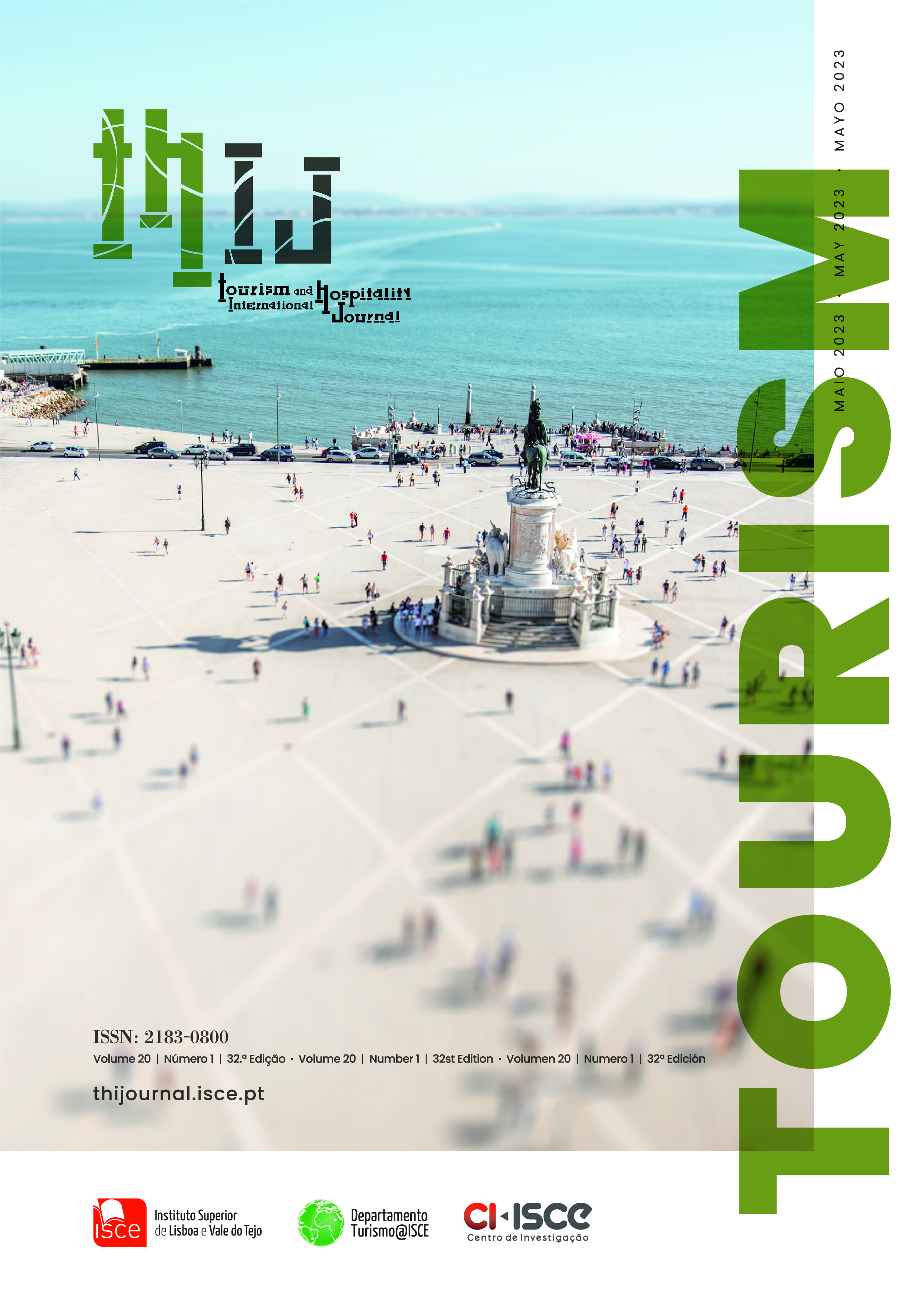Impact of poor service on hospitality industry organizations: A viewpoint
DOI:
https://doi.org/10.57883/thij20(1)2023.31341Keywords:
Poor service quality, Customer expectations, Hospitality industryAbstract
This short essay study examines the negative impact of perceived poor service within the hospitality industry. This succinct review of the literature reveals that poor service is a precursor for business deterioration and possible failure. Customer satisfaction is crucial to the hospitality industry, which includes companies like hotels, eateries, and other facilities focused on providing services. Bad customer service can negatively affect a consumer's experience and opinion of the brand, which can result in unfavorable reviews, a decline in client loyalty, and ultimately lower sales. Businesses must prioritize providing outstanding service to sustain their reputation and performance in a sector where consumer satisfaction is crucial. Failure to do so could have serious repercussions for the company because negative online and word-of-mouth publicity can spread quickly and harm the company's brand. In this scenario, it is critical to examine the negative effects of subpar service in the hospitality sector and comprehend the steps that companies may take to guarantee the provision of high-quality service.
References
Bernadowski, C., Perry, R., & Del Greco, R. (2013). Improving preservice teachers’ self-efficacy through service learning: Lessons learned. International Journal of Instruction, 6(2), 67–86.
Boksberger, P. E., & Melsen, L. (2011). Perceived value: a critical examination of definitions, concepts and measures for the service industry. Journal of Services Marketing, 25(3), 229–240. https://doi.org/10.1108/08876041111129209
Conkright, T. A. (2015). Using the Four Functions of Management for Sustainable Employee Engagement. Performance Improvement, 54(8), 15–21. https://doi.org/10.1002/pfi.21506
DeWitt, T., & Brady, M. K. (2003). Rethinking Service Recovery Strategies. Journal of Service Research, 6(2), 193–207. https://doi.org/10.1177/1094670503257048
Drake, J. (2023). Study : Negative customer experiences cost food retailers billions per year. Winsight Grocery Business. https://www.winsightgrocerybusiness.com/retailers/study-negative-customer-experiences-cost-food-retailers-billions-year
Feinberg, R. A., Widdows, R., & Hirsch-Wyncott, M. (1990). Myth and reality in customer service: good and bad service sometimes leads to repurchase. The Journal of Consumer Satisfaction, Dissatisfaction and Complaining Behavior, 3, 112–114.
Fowler, D. S. (2020). A Case Study of Organizational Performance and Improvement Suggestions Within the Nonprofit Religious Services Sector: A Human Resource Development Approach. Performance Improvement, 59(8), 6–11. https://doi.org/10.1002/pfi.21932
Huang, W. (2008). The impact of other‐customer failure on service satisfaction. International Journal of Service Industry Management, 19(4), 521–536. https://doi.org/10.1108/09564230810891941
Luk, S. T. K., & Layton, R. (2002). Perception Gaps in Customer Expectations: Managers Versus Service Providers and Customers. The Service Industries Journal, 22(2), 109–128. https://doi.org/10.1080/714005073
Matos, F., Vairinhos, V., Selig, P. M., & Edvinsson, L. (2019). Intellectual Capital Management as a Driver of Sustainability. In F. Matos, V. Vairinhos, P. M. Selig, & L. Edvinsson (Eds.), Intellectual Capital Management as a Driver of Sustainability: Perspectives for Organizations and Society (Issue July 2018). Springer International Publishing. https://doi.org/10.1007/978-3-319-79051-0
Mazzetti, M. (2023). Understanding customer expectations : Management tips and examples. Zendesk. https://www.zendesk.com/blog/customer-expectations-meet-rising-demands/
Mhlanga, O. (2018). Measuring restaurant service quality in East London, South Africa: A comparison of restaurant customer expectations and perceptions. African Journal of Hospitality, Tourism and Leisure, 7(2), 1–12.
Modi, S. B., Wiles, M. A., & Mishra, S. (2015). Shareholder value implications of service failures in triads: The case of customer information security breaches. Journal of Operations Management, 35(1), 21–39. https://doi.org/10.1016/j.jom.2014.10.003
Naumzik, C., Feuerriegel, S., & Weinmann, M. (2022). I Will Survive: Predicting Business Failures from Customer Ratings. Marketing Science, 41(1), 188–207. https://doi.org/10.1287/mksc.2021.1317
Nguyen, T. L. H., & Nagase, K. (2020). Total Quality Management: a Mediating Factor in the Relationship Between Customer Expectations and Satisfaction. International Journal of Management and Marketing Research, 13(1), 1–13. www.theIBFR.com
Ooi, K., Lin, B., Tan, B., & Yee‐Loong Chong, A. (2011). Are TQM practices supporting customer satisfaction and service quality? Journal of Services Marketing, 25(6), 410–419. https://doi.org/10.1108/08876041111161005
Pegels, C. C. (1994). Total Quality Management Defined in Terms of Reported Practice. International Journal of Quality & Reliability Management, 11(5), 6–18. https://doi.org/10.1108/02656719410062830
Scott, S. V. (1999). The Academic as Service Provider: is the customer ‘always right? Journal of Higher Education Policy and Management, 21(2), 193–202.
https://doi.org/10.1080/1360080990210206
Shen, J., & Tang, C. (2018). How does training improve customer service quality? The roles of transfer of training and job satisfaction. European Management Journal, 36(6), 708–716. https://doi.org/10.1016/j.emj.2018.02.002
Sivakumar, K., Li, M., & Dong, B. (2014). Service Quality: The Impact of Frequency, Timing, Proximity, and Sequence of Failures and Delights. Journal of Marketing, 78(1), 41–58. https://doi.org/10.1509/jm.12.0527
Downloads
Published
How to Cite
Issue
Section
License
Copyright (c) 2023 This work is licensed under a Creative Commons - Attribution 4.0 International (CC BY 4.0)

This work is licensed under a Creative Commons Attribution 4.0 International License.
This work is published under the Creative Commons Attribution 4.0 International License.






